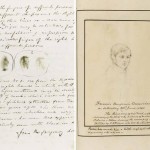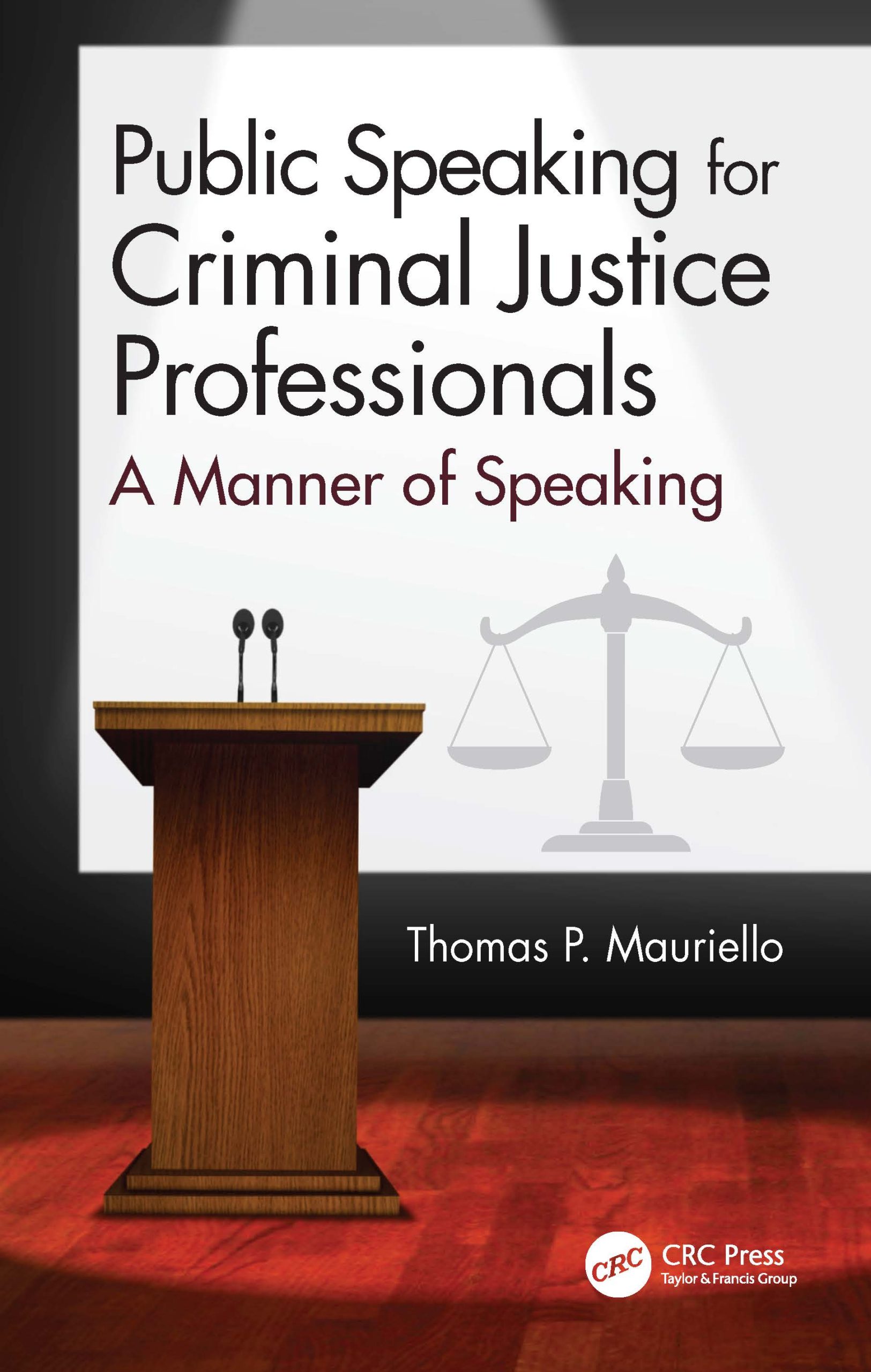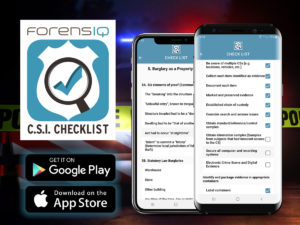DNA Evidence Finds a Link Between California Cases
While the case is not solved, police have linked DNA from a murder earlier in the year to a 10 year old rape case. An interesting account is brought to you off of crimevoice.com as they describe a murder in February. The murder case apparently had evidence collected in the same area as where the rape from 2003 had occurred. The DNA was from the rape case had been collected and put into the FBI’s database, and was matched to the DNA collected from the murdered person, Sylvia Mark Flores. Because of simple DNA matching, a criminal who eventually will be caught will be charged with two counts of criminal activity, most likely putting him or her away for a nice long time.
For the full article, click here!
Citation
Brown, L. (2013, September 16). Cold case assault connected to early 2013 murder.
[Abstract written by Karl “Kip” Zenowich, ForensIQ Intern]
Bone Tissue for Toxicology
There are many different methods used to determine what types of drugs are in a dead body. One new technique that is in the works is examining bone tissue to find what is present. Since the adult body has 206 bones in it, it is likely that “bones could potentially represent a significant ‘sink’ for drugs and their metabolites.” This article identifies two questions, “Is there variation in drug concentration within the same skeleton?” and “Does burial affect drug detection in skeletal tissues?” These questions are followed by research in an attempt to find answers each question. All in all, it is found that this technique is still in its infancy, and needs more time and experimenting in order to perfect it.
Source: forensicmag.com
Citation:
Gautam, L. (2013, July 3). Drugs from Unusual Matrices: Using Bone Tissue as a Forensic Toxicology
Specimen. Forensic Magazine.
Click here to Link to full article
Facial recognition technology moving toward identifying almost anyone
In a real-time experiment, conducted by Carnegie Mellon University’s CyLab Biometrics Center, scientists used digital mapping to turn and enhance the face of “Suspect 2” from the Boston Bombings in order to match it with faces from a database. The researchers did not know how well they had done until authorities identified the suspect as Dzhokhar Tsarnaev, the younger, surviving brother and a student at University of Massachusetts Dartmouth, and they were able to compare the enhanced facial image with Dzhokhar’s face. The technology is still in it’s early stages of development, but cyber experts believe it is only a matter of years — and research dollars — until computers are able to identify almost anyone instantly. Computers could then use electronic data to immediately construct a complete dossier about the person, pulling much of the compiled information from online profiles that many people publish themselves.
Check out the full article here.
Source: forensicmag.com
Citation:
Conte, A. Tribune-Review. Facial recognition technology moving toward identifying almost anyone. Retrieved May 28, 2013, from http://www.triblive.com/news/allegheny/3904286-74/technology-face-center#axzz2TpeVbN9R
The Scene Will Dictate What You Need From the Suspect
The primary objective of a crime scene investigator is to relate a suspect to the crime scene. In order to establish this connection, investigators must collect as much evidence as possible from both the scene and the suspect. The key point is that the scene will dictate what you need to obtain from the suspect. For example, if a pair of latex gloves is found at the scene, the inside of the gloves should be processed for prints, and then the suspect’s hands should be swabbed for traces of powder from those gloves (Warrington, 2009). In another situation where the victim was shot, the suspect’s hands should be tested for gunshot residue. However, this evidence is very fragile and can quickly degrade a few hours after the commission of the crime.
Full article here.
Source: forensicmag.com
Citation:
Warrington, D. (2013, 22). Forensic Magazine. The Scene Will Dictate What You Need From the Suspect. Retrieved from http://www.forensicmag.com/tip/scene-will-dictate-what-you-need-suspect?et_cid=3260547&et_rid=515363537&linkid=http%3a%2f%2fwww.forensicmag.com%2ftip%2fscene-will-dictate-what-you-need-suspect&location=top
Tracking Gunfire with a Smartphone
Computer engineers at Vanderbilt University’s Institute of Software Integrated Systems (ISIS) have developed a smartphone-based system for identifying the location from where gunshots are fired. The system is based off a hardware module and related software that can turn a regular smartphone into a shooter location system. The researchers at Vanderbilt University developed in the past, mobile “smart nodes” in a wireless network in soldiers’ combat helmets that can rapidly identify the location of enemy snipers with relatively decent accuracy. The team has since then adapted their system to the smartphone. The system consists of an external sensor module that contains the microphones required to detect the acoustic signature of gunshots and then transmits the information to the smartphone via a Bluetooth connection. The smartphone then uses the incoming information and transmits it to the other modules, then determining the origin of the gunshot by way of triangulation.
Source: Forensic Magazine
Read the full article here.
Citation: (2013). Forensic Magazine. Tracking gunfire with a smartphone. Retrieved April 29, 2013, from http://www.forensicmag.com/news/tracking-gunfire-smartphone
[Abstract by ForensIQ intern, Andrea Williams]
Free training on Essentials of Forensic Science for Legal Professionals
The West Virginia University Forensic Science Initiative, in collaboration with the National Institute of Justice, is holding the 2013 Spring Essentials of Forensic Science for Legal Professionals program. This training is FREE to practicing prosecuting attorneys who work for a state or county agency and will take place March 19-20, in Tulsa, OK.
The two day program will provide the basic precepts of forensic science training and supply the tools to effectively apply this information for trial. Attendees will also be given information on evaluating the scientific rigor of expert testimony and the reliability of forensic evidence. Members of academia, scientists, and attorneys will instruct and apply practical examples to the content presented. This is an excellent opportunity for the legal community to broaden their knowledge of important forensic science topics while also receiving continuing legal education.
Topics include:
- The Forensic Analysis of Evidence: How Scientific is it?
- Crime Scene Response, Evidence Collection, and Preservation
- Quality Assurance for Forensic Laboratories
- Sufficiency of Forensic Science Laboratory Reports
- Basic Statistical Concepts in Forensics
- Frye, Daubert, and Their Application to Current Issues in Forensic Science
Registration will open January 28, 2013 at 12:00 PM (EST).
Source: forensicmag.com
NIJ Accepting Proposals for Research on Firearms and Violence
The National Institute of Justice’s solicitation on firearms and violence is now available. This means that NIJ is accepting proposals for research on topics, such as the effects of criminal justice interventions on reducing gun violence, improving data systems for studying gun violence, illicit gun markets, and the effects of firearm policies and legislation on public safety.
Deadline for applications is May 2, 2013.
View all current funding opportunities from NIJ.
Source: forensicmag.com
NFSTC launches YouTube channel
The National Forensic Science Technology Center has just launched a new YouTube channel that contains recorded conferences, lectures, and technology transition workshops for forensic science practitioners. With over 380 videos ranging from one minute to over an hour, this new “treasure trove of information” provides access to presentations from some of the world’s leading forensic science experts. Viewers can subscribe to the channel to get notified each time a new video is uploaded and it’s all available for free.
Link to NFSTC YouTube channel.
Date of Article: January 10th, 2013
[Abstract by Mark Lombard, ForensIQ Intern, January 15th, 2013]
Citation
National Forensic Science Technology Center . NFSTC launches YouTube channel. Retrieved January 15, 2013, from http://www.nfstc.org/nfstc-launches-youtube-channel/
Crime Scene Machine: New Vehicle Helps Gather Evidence
The inside of the new crime scene investigation vehicle has storage for all the equipment the Decatur Police Department might need at a crime scene.
DOJ Issues Report on Campus Sex Crime Investigations
The U.S. Department of Justice, aided by the Department of Education’s Office for Civil Rights and others, has recently released a report titled Promoting Effective Criminal Investigations of Campus Sex Crimes. The report provides college administrators and law enforcement officials recommended tools for investigations of campus sex crimes, as well as various creative approaches for training and educating students beyond the standard orientation sessions that gloss over important issues. The recommended investigative tools include templates for communicating with victims and offenders, checklists for the initial response to an incident, and written materials for victims on what to do and types of available assistance. Although these investigative tools and procedures are not required, they can aid administrators and campus safety agencies in strengthening campus awareness, victim assistance efforts, and investigations of campus sex crimes.
Date of Article: January 8th, 2013
[Abstract by Mark Lombard, ForensIQ Intern, January 14th, 2013]
Citation
Barran, P. Barran Liebman LLP – Labor and Employment Law Firm . DOJ Issues Report on Campus Sex Crime Investigations.Retrieved January 14, 2013, from http://www.barran.com/display-alert.asp?AlertID=175
NIST and Dutch Agency Team to Improve Forensic Science
On November 29, 2012, the National Institute of Standards and Technology (NIST) and the Netherlands Forensic Institute (NF) forged partnership to promote the advancement of technologies, methods, practices and standards in the field of forensic science. These two organizations signed a Memorandum of Understanding at the recent event, Forensics@NIST 2012, in which is held at NIST headquarters in Gaithersburg, Maryland. They agreed to work together through focusing on such areas as research and development in forensic science, standards, education, training, and ethical practices. This will help to improve the accuracy and reliability in forensic science in the United States and Netherlands.
Source: Forensic Magazine
Date of Article: December 13, 2012
[Abstract by David Miller, ForensIQ Intern, December 19, 2012]
County detective develops 3D crime-scene animation
When at a crime scene, detectives record measures from all angles so they can explain scientifically how the crime took place. However, once detectives are in the courtroom they have to explain to a jury their findings and with the help of two-dimensional photographs they can explain the events a little better. However, juries often need more visual presentations to truly understand what took place. Then want more then just explanations and photographs and Berks County Detective Albert Schade discovered that he can use a free computer program to create a 3D model of a crime scene, all from the measurements and crime scene sketches. With that 3D model, Schade made some modifications to gaming software allowing him to virtually take the viewer into the scene using a computer mouse. Schade stated, “If I want to walk a jury through a crime scene I really can’t do it with animation because they’re all looking through one camera angle,” “Having an interactive way to walk through things and talk to people while doing it is very helpful.”
[Abstract by David Miller, ForensIQ Intern, December 19, 2012]
Citation
Henshaw, Steve. “County Detective Develops 3-D Crime-scene Animation.” Reading Eagle. N.p., 13 Dec. 2012. Web. 19 Dec. 2012.

Vital Clue Ignored for 50 Years
Up for auction this week is a letter from 1840, written by Robert Blake Overton, a surgeon from the Norfolk village of Grimstone. What is extraordinary about this letter is that Overton writes that fingerprints could be used as a tool for solving murders. Overton suggests fingerprint use in criminal investigations 50 years before they came into use. This means that some of the most notorious criminals of the 19th century could have been identified. In the letter, Overton wrote about a murder he was investigated and stated: “It is not generally known that every individual has a peculiar arrangement [on] the grain of the skin … I would strongly recommend the propriety of obtaining impressions from the fingers of the suspected individual and a comparison made with the marks on the sheets and pillows.”
Date of Article: December 9, 2012
[Abstract by David Miller, ForensIQ Intern, December 13, 2012]
Citation
Alberge, Dalya. “Vital Clue Ignored for 50 Years.” The Independent. N.p., 9 Dec. 2012. Web. 13 Dec. 2012. <http://www.independent.co.uk/news/uk/crime/vital-clue-ignored-for-50-years-8395985.html>.
Police Sketcher Turns Witnesses’ Memories Into Evidence
Detective Greg Bean of the Bellevue (Seattle) Police Department can draw from victims memories to create nearly identical computer sketches of suspects. Bean, who could barely draw stick figures throughout his life, has become a successful forensic artist by learning how to use a computer program designed to assist law enforcement agencies in creating composite drawings of suspects. Bean learned that art begins in the mind, not in the hand. Bean became an expert on facial features and his last eight sketches have been identical to the suspects arrested, including Danford Grant, a Seattle attorney who was a suspect of several alleged rapes. Bean stated, “All I’m trying to do is create the most accurate representation of that image – that memory – that I can so that the public and police can use that to hopefully catch, arrest and prosecute the bad guy.”
Read the full article here and also view a photo galley of Beans sketches and oil paintings.
Date of Article: November 25, 2012
[Abstract by David Miller, ForensIQ Intern, December 6, 2012]
Citation
Thomas, Linda. “Police Sketcher Turns Witnesses’ Memories into Evidence.”MyNorthwest.com. 25 Nov. 2012. Web. 06 Dec. 2012.
Serial Killer’s Blood May Solve Old Murders
The blood of mass murderer John Wayne Gacy and other executed men will be entered into the DNA national database in hopes it will link them to the coldest of cold cases. Detective Jason Moran said, “You just know some of these guys did other murders’ that were never solved.” By qualifying executed men as homicide victims, officials were able to get Gacy and others in the FBI’s Combined DNA Index System. There are many unsolved murders going back to the 1970’s when Gacy was killing young men. Other states should turn in the DNA of executed inmates in hopes it will link them to unsolved murders. As of today, there have been no hits that link Gacy or others to unsolved crimes. However, it is just a matter of time when further DNA is submitted that will solve these cold cases.
Check out the full article here.
Date of Article: December 3, 2012
[Abstract by David Miller, ForensIQ Intern, December 6, 2012]
Citation
Babwin, Don. “Serial Killer’s Blood May Solve Old Murders.” Forensic Magazine. N.p., 3 Dec. 2012. Web. 06 Dec. 2012.






